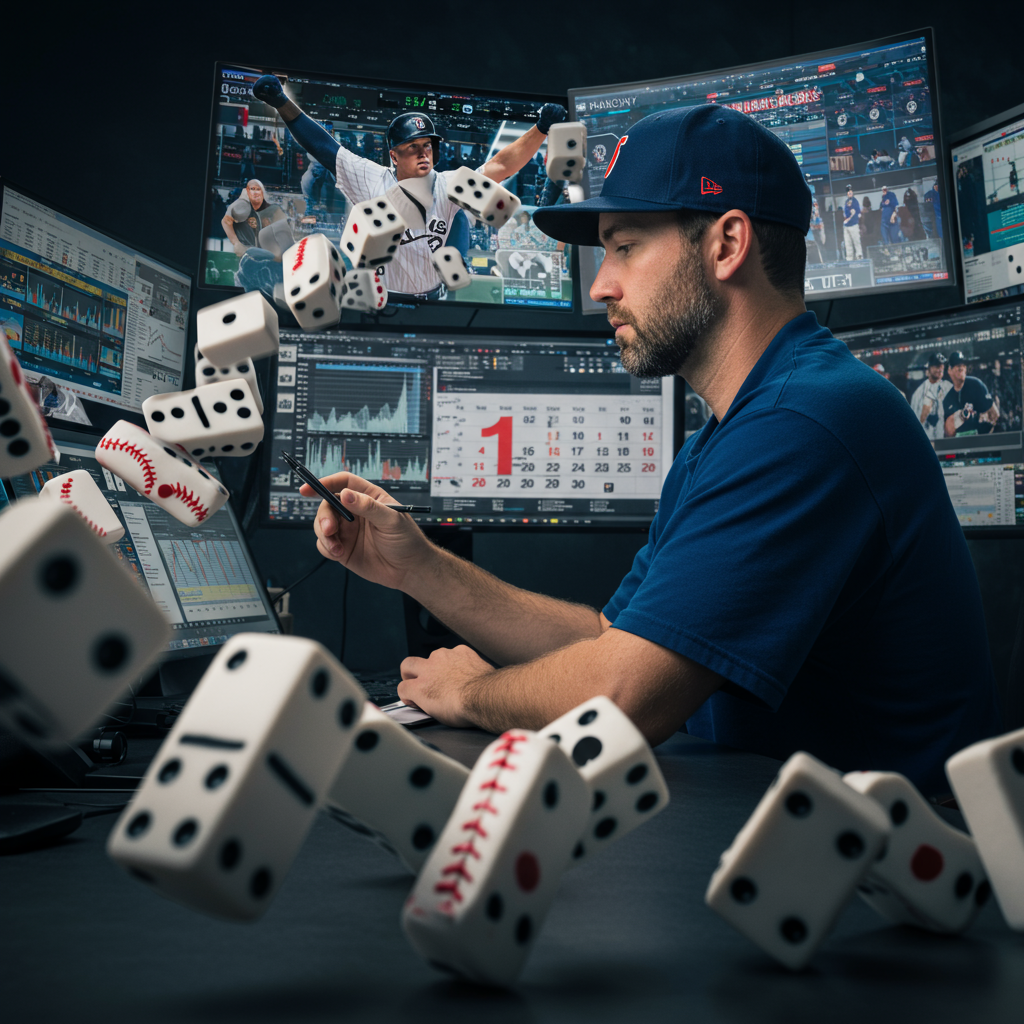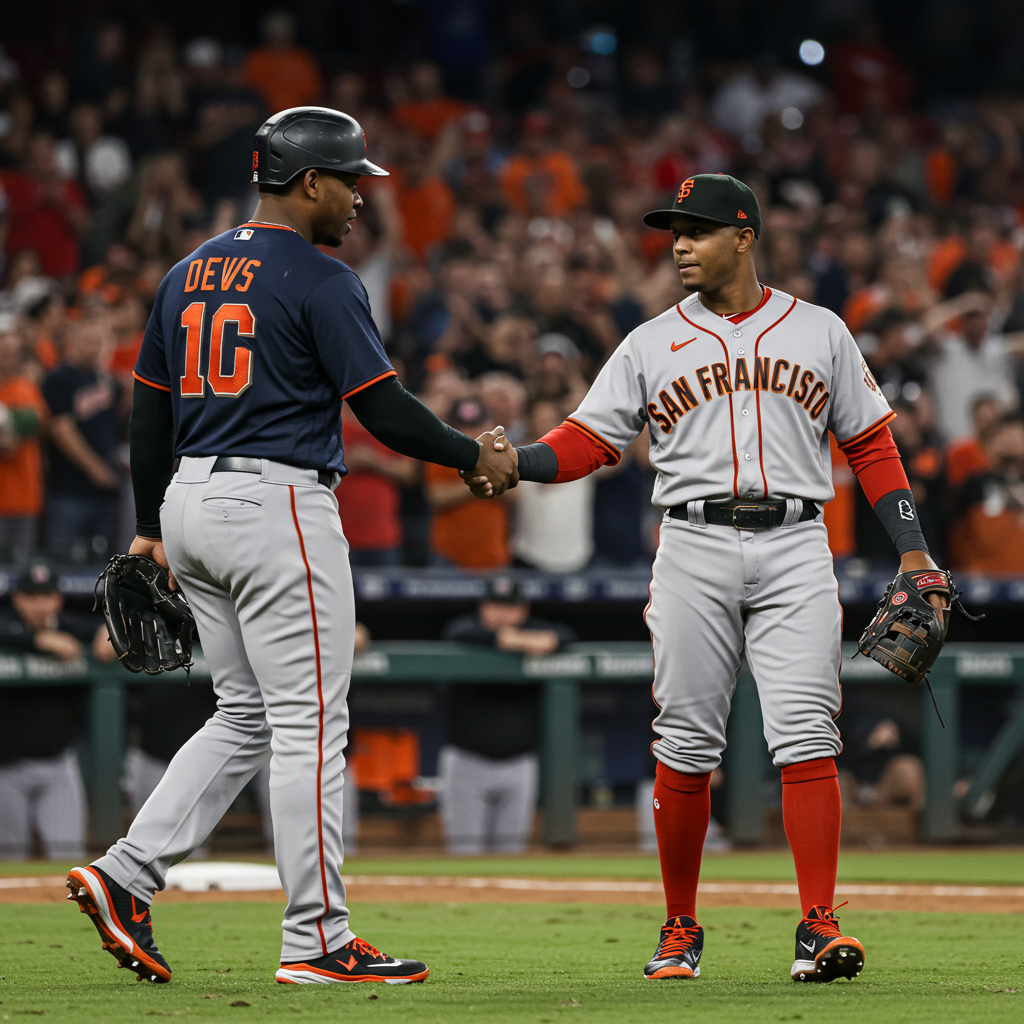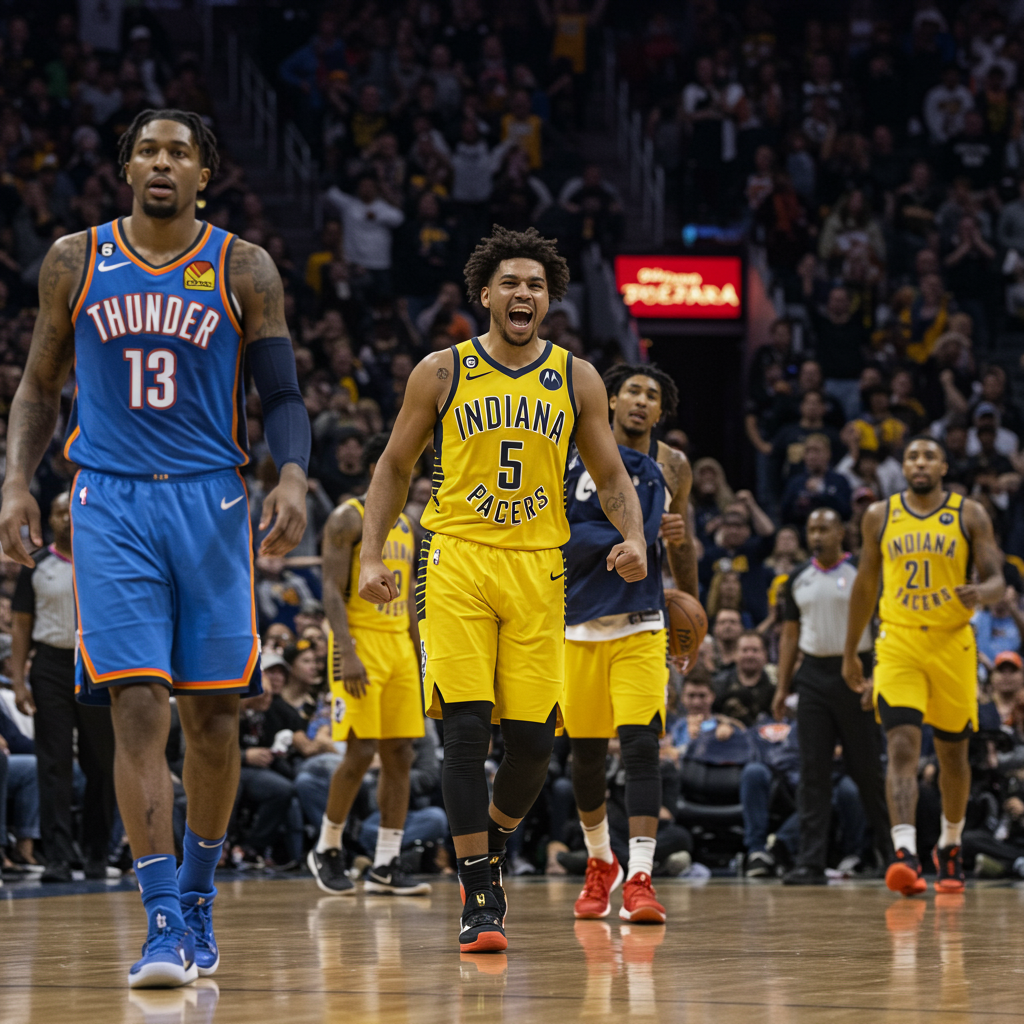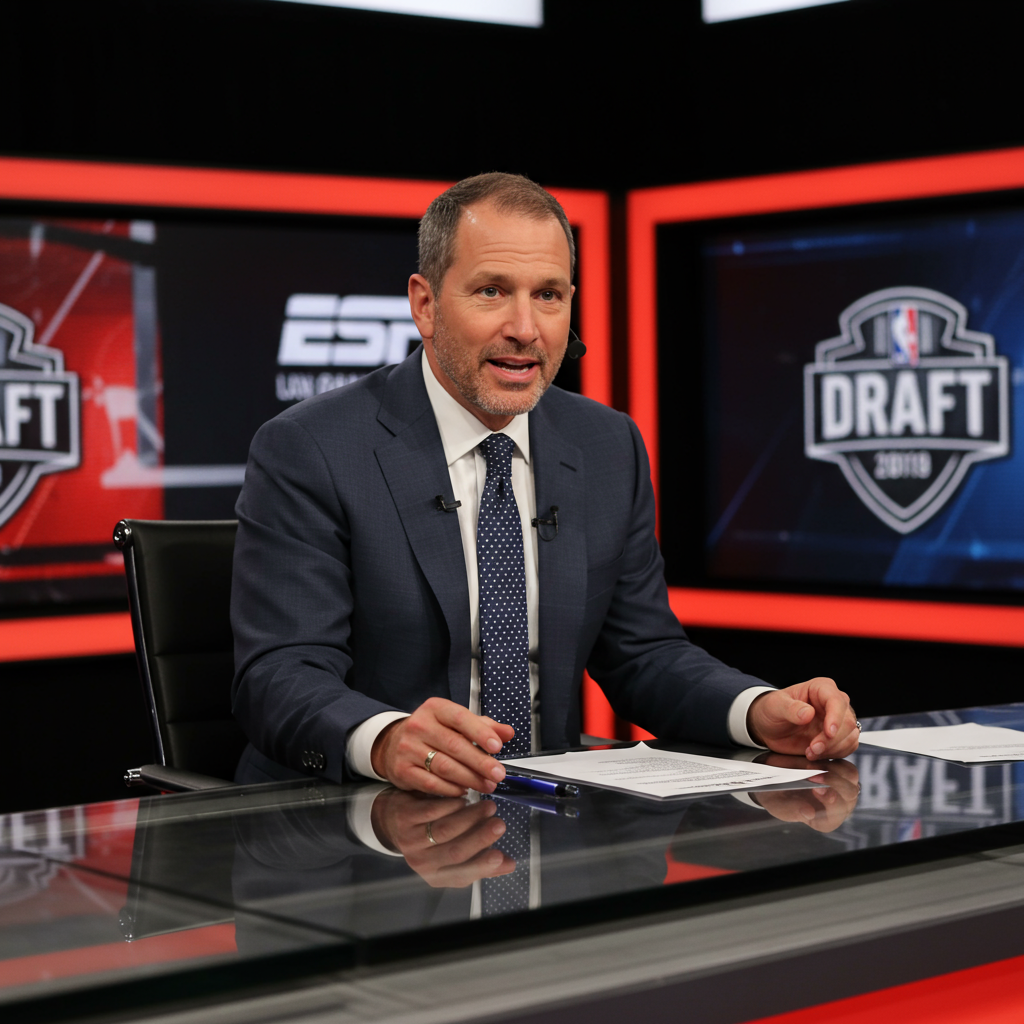The MLB trade deadline is a whirlwind, a pivotal moment that reshapes team fortunes and, crucially, dictates the landscape for fantasy baseball managers. As August 1, 2025, arrives, many high-stakes transactions have already unfolded, while others that seemed imminent, particularly involving top-tier starting pitchers, surprisingly did not materialize. This complex web of player movement creates a ripple effect, prompting the most pressing question for every fantasy player: What now? Understanding these immediate repercussions and anticipating future shifts is paramount for staying ahead in your league.
This guide dives deep into the post-deadline environment, analyzing key roster changes and providing actionable insights for navigating the evolving player values. We’ll dissect how early moves create chain reactions, assess who benefits and who suffers from shifts in playing time, and equip you with the knowledge to make smart, informed decisions for your fantasy squad.
The Intense Pressure of the 2025 Trade Deadline
The urgency surrounding the 2025 MLB trade deadline, set for 6 p.m. ET, has been palpable. Contending teams are scrambling to fortify their rosters before the stretch run, acutely aware that any player not formally part of an organization by the end of August becomes ineligible for the postseason. This critical juncture compels teams to address specific roster “holes” rather than necessarily chasing “superstars,” given that no single team has truly dominated the league standings this year. The highly competitive environment means every impactful acquisition can differentiate a team and significantly improve its playoff chances.
Early moves have already set the stage, indicating a proactive approach from many clubs. The Arizona Diamondbacks initiated the trading period, signaling their intent. Following closely, the New York Yankees and New York Mets also made notable acquisitions, emphasizing the competitive drive across the league. These initial shifts highlight how quickly the market can move, demanding vigilance from fantasy managers to adapt their strategies swiftly.
Decoding Early Moves: Josh Naylor and Emmanuel Clase
One of the first significant transactions saw first baseman Josh Naylor move from the Arizona Diamondbacks to the Seattle Mariners on July 25, 2025. This trade carries substantial fantasy implications. For Arizona, Naylor’s departure, as a strong offensive contributor, means increased playing time for Tristin English, who was recalled from Triple-A and is projected to handle the majority of first base duties. Adrian Del Castillo is also expected to see more designated hitter opportunities. Fantasy managers in deeper leagues should monitor English closely for potential waiver wire pickups.
In Seattle, Naylor’s arrival represents a major upgrade at first base, where he is projected to receive the bulk of plate appearances. His consistent hitting and surprising stolen base totals significantly boost the Mariners’ offense. Consequently, Luke Raley and Donovan Solano, who had been sharing first base duties, will see their playing time drastically reduced. Raley might still find some outfield opportunities, but Solano’s role will shrink to primarily a bench option. Naylor’s fantasy value sees a substantial uptick, especially in categories like batting average and power.
Another critical development influencing the trade market involved Cleveland Guardians closer Emmanuel Clase. On Monday, Clase was placed on non-disciplinary paid leave through August 31 due to an ongoing sports-gambling investigation. This effectively removes a premier closer from the trade market, disrupting potential bullpen upgrades for many contenders and forcing the Guardians to adjust their deadline plans. For fantasy players, this news immediately impacts Clase’s availability and creates uncertainty in the Guardians’ late-inning relief.
The Ripple Effect: How One Trade Triggers Others
The concept of “dominoes” is central to the trade deadline. A single trade, especially a significant one, can create a chain reaction across the league. For instance, a team that acquires a top starting pitcher might then trade a surplus reliever. Similarly, a team that misses out on a primary target might aggressively pursue another player in a different market segment. This dynamic is crucial for fantasy managers to understand.
The scarcity of quality starting pitchers and power bats drives intense competition. Teams that fail to land a specific star often pivot to other high-demand areas like the bullpen or infield. This strategic re-prioritization means that fantasy values can fluctuate wildly, not just for the players traded, but for those who remain, seeing their roles or playing time change.
Shifting Bullpen Dynamics and Pitching Needs
Bullpens are notoriously volatile, and the trade deadline exacerbates this. The Baltimore Orioles provide a prime example. Their closer, Félix Bautista, was placed on the 15-day Injured List with right shoulder discomfort, creating immediate uncertainty. While the team plans a matchups-based approach for saves, initial indications point to Seranthony Domínguez and Gregory Soto sharing late-inning duties. However, all three (Domínguez, Soto, and Andrew Kittredge) are strong trade candidates. If they are moved, Yennier Cano and the rehabbing Keegan Akin could step into high-leverage roles, offering potential fantasy value. Keeping a close eye on these shifting bullpen hierarchies is crucial for snagging saves.
Beyond closers, many teams are desperate for starting pitching depth. The Cleveland Guardians, despite their strong season, prioritize adding more help to their rotation. Similarly, the Houston Astros are seeking starting pitching depth due to injuries and workload concerns. This high demand means that pitchers who are acquired, even if they aren’t “aces,” can see a boost in fantasy value simply by moving to a better team or a more defined role.
On the other hand, some pitchers face demotion. The Tampa Bay Rays demoted 24-year-old Taj Bradley to Triple-A after an inconsistent season, where he struggled to maintain effectiveness despite flashes of brilliance. This move aims to refine his change-up and remove him from the pressure of a pennant race. Joe Boyle is widely presumed to take his spot in the rotation. For fantasy managers, this means Bradley’s stock drops, while Boyle’s rises, making him a viable pick-up if available.
Navigating Your Roster Post-Deadline
The trade deadline isn’t just about the big names moving; it’s about optimizing your roster in response to role changes, shifts in playing time, and new opportunities.
Actionable Strategies for Fantasy Success
- Evaluate Playing Time: The most immediate impact of a trade is on player playing time. If your player is on the receiving end of a star acquisition, their opportunities might dwindle. Conversely, if a teammate is traded away, your player’s role could expand significantly. Always re-evaluate projected plate appearances or innings pitched.
- Monitor Role Changes: Beyond just playing time, look for role changes. A middle reliever might become a setup man, a utility player might become an everyday starter, or a starting pitcher could be moved to the bullpen. These shifts directly affect category contributions.
- Scour the Waiver Wire: Teams often call up minor league prospects post-deadline to fill gaps created by trades or injuries, or simply to get them big-league experience. These prospects can become immediate fantasy gold. Pay close attention to team announcements and beat reporter updates for early leads on potential call-ups who could provide an unexpected boost.
- Assess Team Context: A player moving from a struggling team to a contender might see an increase in RBI opportunities, wins, or holds/saves, even if their individual stats remain similar. Conversely, a player moving to a seller might get more consistent playing time but fewer counting stats due to a weaker lineup or bullpen behind them.
Understanding Team Strategies: Buyers vs. Sellers
MLB teams generally fall into “buyer” or “seller” categories at the deadline, though some might be “tailors,” balancing both. For fantasy managers, understanding a team’s strategy is key.
Aggressive Buyers: These teams are in strong contention and have clear needs. They will target top-tier talent, potentially leading to stable roles for their existing stars and creating immediate value for newly acquired players. Fantasy managers should target players moving to these teams. The New York Yankees, for example, are seeking significant upgrades across their infield and bullpen due to offensive struggles beyond their core stars. The Seattle Mariners are also aggressive buyers, looking to leverage their strong pitching for offensive firepower.
Sellers: These teams are typically out of contention and aim to offload veteran contracts for prospects, signaling a rebuild. While their star players might get traded away (decreasing their current team’s overall offensive/pitching output), these moves often open up significant playing time for younger, previously unheralded players. For fantasy, this means keeping an eye on prospects getting the call-up or current bench players who suddenly become everyday options. The Chicago White Sox, for instance, are widely considered heavy sellers.
Frequently Asked Questions
How do early trades like Josh Naylor’s impact fantasy rosters immediately?
Early trades, such as Josh Naylor moving to the Seattle Mariners, directly affect playing time and role security. For Naylor, his fantasy value immediately surged due to a more defined, everyday role on a competitive team. Conversely, players like Luke Raley and Donovan Solano in Seattle saw their opportunities diminish. In Arizona, Naylor’s departure opened up significant playing time for Tristin English, making him a potential waiver wire pickup. These early shifts create clear winners and losers in terms of fantasy production.
What kind of team strategies should fantasy managers watch for at the deadline?
Fantasy managers should identify teams as “buyers” or “sellers” based on their standings and needs. Buyers, like the New York Yankees or Seattle Mariners in 2025, are acquiring players to bolster their playoff chances, often enhancing the fantasy value of the players they bring in. Sellers, on the other hand, are offloading veteran talent for prospects, which can decrease the overall fantasy output of their remaining players but create opportunities for young players to step into larger roles. Monitoring these strategies helps predict which players will gain or lose playing time.
What immediate actions should fantasy managers take after the MLB trade deadline?
Immediately after the trade deadline, fantasy managers should re-evaluate every player on their roster, checking for changes in playing time, role, and team context. Prioritize monitoring waiver wires for prospects called up by selling teams, as well as new bench players who might now get everyday at-bats. Assess if any of your players moved to a better or worse offensive/pitching environment. Swiftly drop players who lose significant playing time and aggressively bid on those who gain a clear path to increased production.
Conclusion
The 2025 fantasy baseball trade deadline has undoubtedly reshaped the landscape. From major roster overhauls like Josh Naylor’s move to unforeseen player unavailability like Emmanuel Clase’s, every transaction sends ripples through fantasy leagues. Your ability to quickly analyze these domino effects—understanding how one move creates another, how playing time shifts, and how team strategies evolve—will be the key to your success. Stay vigilant, react swiftly to new opportunities on the waiver wire, and leverage this critical period to fortify your roster for the championship push. The season is far from over, and the smart moves you make now will define your fantasy destiny.




